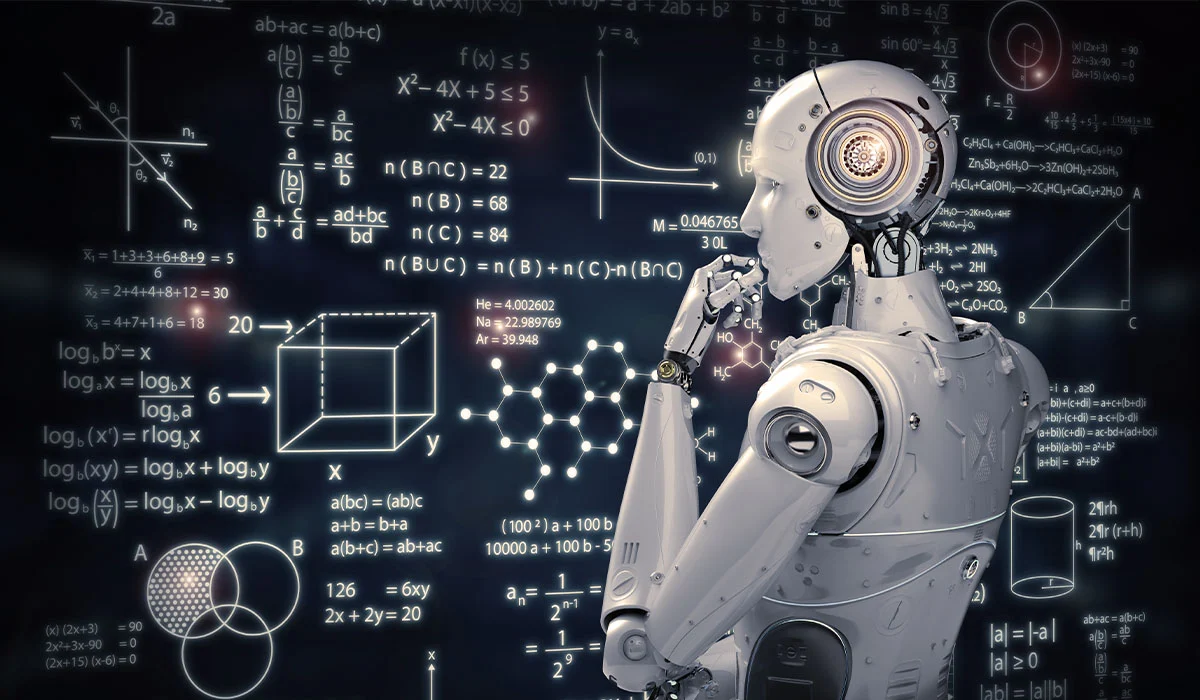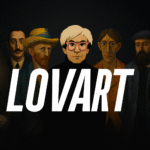In Vogue’s August 2025 issue, a two‑page Guess advertisement debuted a CGI model—entirely AI‑generated—with flawless skin, sculpted features, and sculpt-like proportions. Though Vogue clarified it was an ad (not editorial), the reaction was swift and visceral: readers cancelled subscriptions, models protested, and critics called it a seismic shift in fashion’s cultural values.
From the Magazine Page to the Moral Crossroads
Vogue, long considered the arbiter of taste in fashion, validated the ad under its advertising standards. Still, many readers saw no real distinction between ads and editorials. To them, Vogue endorsing artificial beauty—even via paid content—crosses a symbolic line.
For commercial models like Sarah Murray, seeing AI figures replace diverse human talent felt like erasure—especially given past experiences with AI studios claiming to produce “diversity” digitally. As Murray said, “They would never need to supplement with anything fake” when real diverse models await castings.
Why Brands Are Embracing AI
Fashion brands face relentless demand for fresh creative content—on TikTok, social platforms, e‑commerce feeds. Companies like Guess, H&M, Mango, Levi’s, and Calvin Klein have adopted virtual models because they are:
- Cheaper than human models and full production crews.
- Scalable across hundreds—even hundreds of thousands—of visuals.
- Efficient for experimenting with multiple “looks,” body types, or moods without booking castings or photo shoots.
As art technologist Paul Mouginot explained, brands can now begin with a product lay‑flat, generate a photorealistic AI model, add a virtual environment, and end up with campaign imagery indistinguishable from traditional fashion spreads.
Industry Impact: Jobs, Identity, and Authenticity
Commercial modeling—often the bread‑and‑butter path for many models—is among the most impacted sectors. Sinead Bovell warned that this shift threatens economic security for the many who rely on steady e‑commerce work.
Critics also worry about a new form of “robot cultural appropriation”: generating AI models to represent identities that brands haven’t authentically hired, potentially reinforcing biases trained into the technology. The concern is that AI diversity becomes a hollow simulation, not genuine inclusion.
Meanwhile, the beauty industry faces a doubling down on perfection. AI models—with poreless, symmetrical features—may cement unreachable standards even further than heavily photo‑shopped images ever did.
Toward Regulation and Consent
Legislative pressure is building. In the U.S., the right of publicity already requires consent before using personal likenesses. In Europe, the AI Act mandates transparency about AI-generated content and tight rules around dataset usage and disclosure.
Model advocates like Sara Ziff are pushing for the Fashion Workers Act, which would guarantee that brands must obtain permission—and compensate—if they create digital replicas of human models.
Beyond Modeling: Creative Labor at Risk
If brands lean on AI models, who remains in demand? Critics argue that AI threatens more than modeling—it jeopardizes photographers, makeup artists, stylists, set designers, and production crews. A photoshoot is collaboratively creative; AI reduces that ecosystem to a set of automated processes.
Some technologists suggest new roles will emerge: managing AI workflows, supervising content, and ensuring ethical deployment. But many creatives worry that these roles favor a tech-literate elite and undercut traditional jobs.
What’s Left of Humanity in Fashion?
AI will never replicate the stories, backgrounds, and nuanced imperfections of real people. Models are urged to build personal brands—through social media, podcasts, and endorsements—to differentiate themselves. As Bovell put it: “AI will never have a unique human story.”
In the end, Vogue’s AI-generated Guess ad isn’t just a single controversial campaign—it’s a symbol of broader tensions in modern creativity: cost versus craft, speed versus substance, synthetic perfection versus human authenticity.
Looking Ahead
Expect more brands to test AI-generated imagery—but also more scrutiny. Will they lead or follow consumers’ demand for authenticity? As fashion enters this AI era, the industry is at a crossroads: either redefine what beauty means, or defend the value of real human stories.




